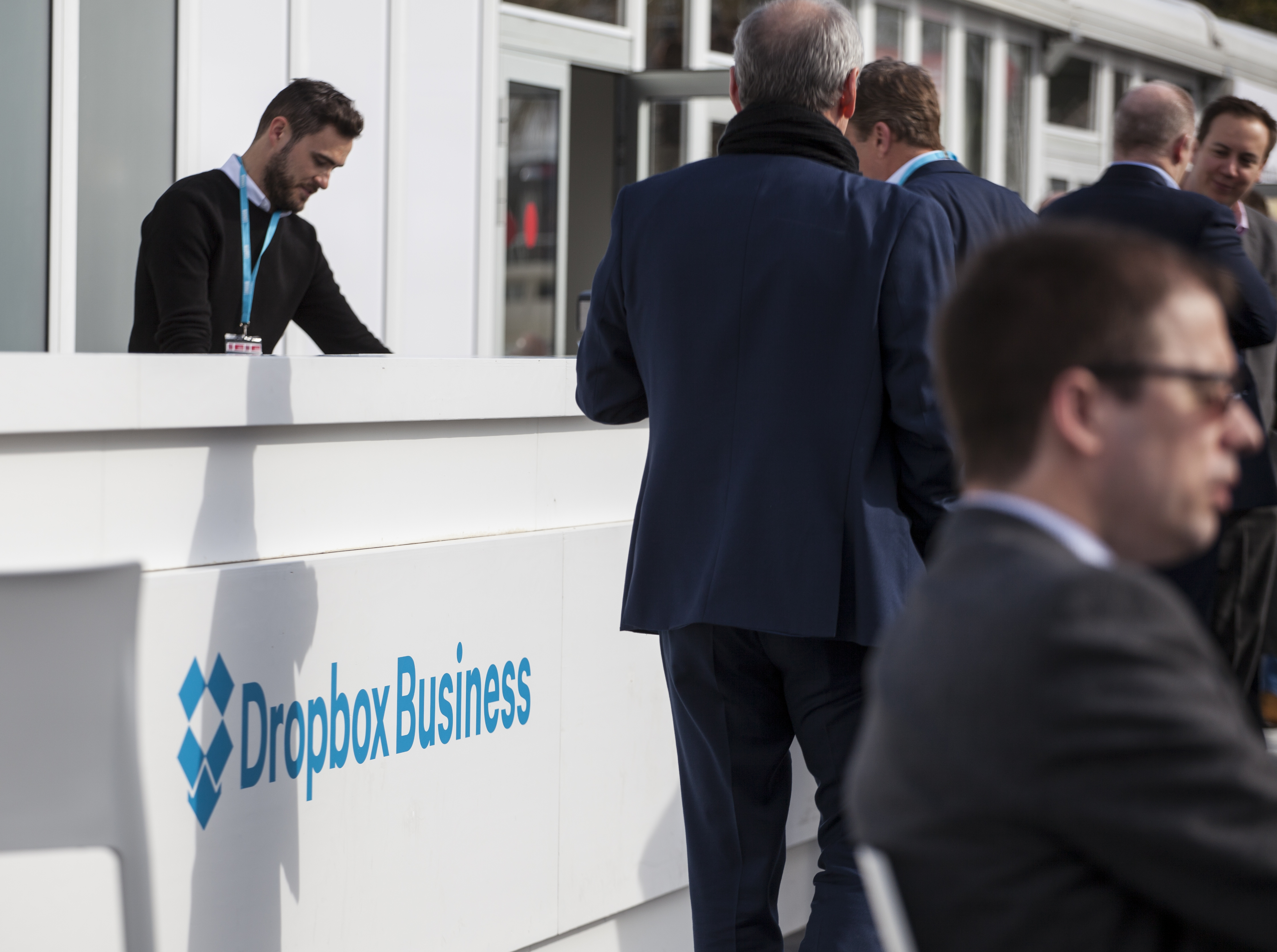Employees want flexibility and the cloud is key to delivering it

The traditional 8-hour working day is probably one of the most unchanged elements of our daily life since its invention. Conceived in the late 18th century during the industrial revolution, it was implemented to gain maximum productivity out of employees in the factories.
Decades later, while millions of employees worldwide are still confined to this traditional working model, thanks to digitalisation – or the fourth industrial revolution – we are finally beginning to see organisations challenge the norm and embrace modern ways of working.
It’s a trend seen in businesses of all sizes and industries. We recently spoke to the team at Escape the City whose whole business model is built on people wanting to escape the 9 to 5, while Jennifer Kyriakakis, VP of Marketing at MATRIXX Software also told us her organisation has created an environment that offers the best of both worlds. Employees are empowered to work from home up to two days a week, balancing face time in the office – for collaboration, brainstorming and design activities – with ‘me time’ for more focused work like writing, coding and testing.
Marketing organisations are no exception, in fact, we spoke to Lora Schellenberg, Marketing Lead, Europe at General Assembly, and Co-Founder at Circle; a support community for women looking to advance their digital careers, to find out why.
She told us she’s witnessed first-hand how the marketing industry has adapted to digital demands and expectations: “I would say marketing in general changes so much and so quickly. In the last five years, the biggest change has been how social media has come about and completely changed how we communicate with customers. Before the communication was one-way, social media has made it a two-way conversation which has empowered consumers.”
But according to Lora, digital hasn’t only improved customer relationships, it’s also improved the employer/employee relationship, and workplace culture. “Every organisation wants their team to be productive, efficient and satisfied in their work and within the marketing industry, they’ve realised that this is achieved through using collaborative technologies like the cloud to allow for flexible working,” she says.
An advocate for the flexible working structure, Lora believes it’s vital in today’s workplace: “We’re very flexible at General Assembly, it’s engrained into our culture. We don’t have specific starting and ending times. On an individual basis, we work in ways that are most efficient and productive for us.”
The cloud she says, plays a vital role in allowing for this flexible working lifestyle. By using collaboration platforms like Dropbox to store, share and edit content, organisations like General Assembly are leading the way; giving their employees the ability to access content from anywhere, anytime and from any device: “I use Dropbox often. As most of our engagement campaigns are on social media now, we have lots of design content and images. All of this is stored in Dropbox so we can access it and share it easily and quickly,” Lora told us. “I also have a laptop at work and one at home so it’s really great to be able to log on to either one and access our team’s content. I don’t save anything to hard drives anymore.”
According to IDC, worldwide spending on cloud services could double from almost $70 billion in 2015 to over $141 billion in 2019. Lora believes this is because the cloud is a key component to the future of work: “As the cloud evolves, I am very open to adapting to the new products and solutions that come with it. At Circle, for example, we talk about the future of work a lot. For women, flexibility is incredibly important. Tools like Dropbox, Slack and other new services are pivotal to not only ensuring flexibility in our daily work lives but also in improving workflows and making things more collaborative.”
When asked her advice for marketing organisations yet to adopt the cloud her response was ‘just do it’. “The cloud is a necessity for today’s way of working. Employees are demanding flexibility from their working lifestyles and the cloud can deliver it. Some companies might find it a bit scary, but I would tell them I’ve been using it for over six years and am yet to have a single issue.”
To find out more about how the cloud is being used by marketers, check out our marketing series on the blog here.




